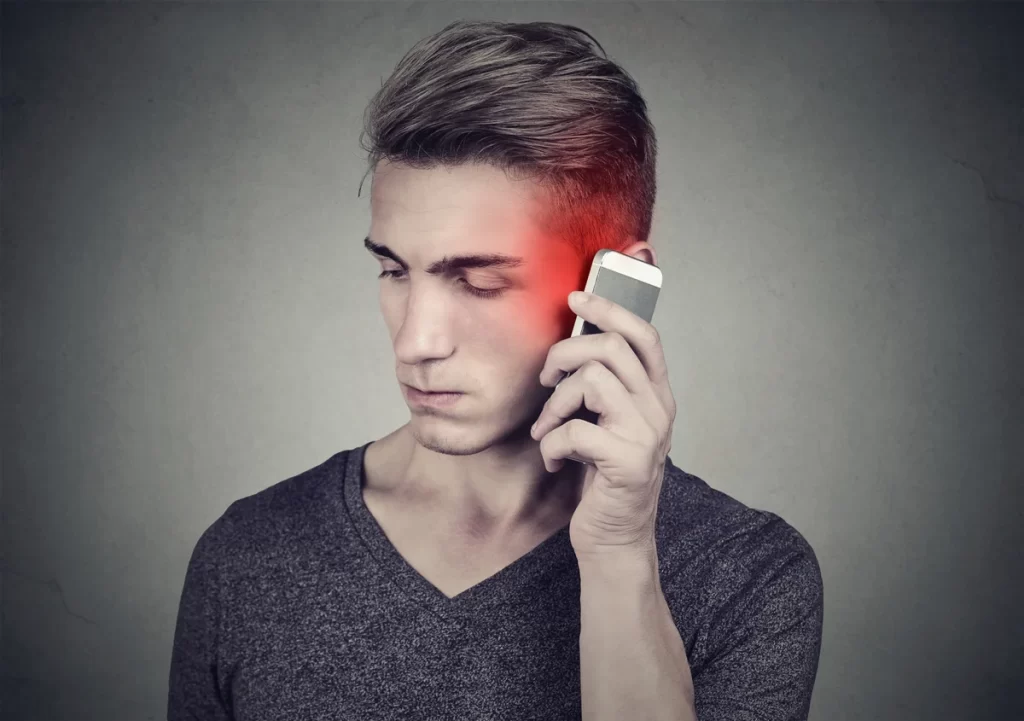Does Mobile Phone Radiation Cause Cancer?

Phones have been an integral part of life since they first made an appearance on the market in 1983, but recent studies have linked their use with health risks that include cancer.
Studies have demonstrated that mobile phones emit radiofrequency radiation when placed close to your head or body, so it is crucial that you learn how to limit exposure.
Radiofrequency (RF) radiation
Radiofrequency (RF) radiation emitted by cell phones emits short bursts of high intensity energy that are easily absorbed by human bodies but do not appear to increase cancer risks.
Studies indicate that cellphone use may increase the risk of certain forms of tumors; however, other studies have not confirmed this link. It should be noted that NTP’s findings are derived from highly controlled animal experiments conducted under laboratory conditions; extrapolating them to human use requires further study involving more complex uses for cell phones with many possible influencers present.
Your exposure can be decreased by limiting the number of voice calls you make and keeping your phone away from your head when not in use. Furthermore, hands-free technology and signal boosts can further lower RF exposure; when phones attempt to increase transmission power for better reception.
Electromagnetic fields
Electromagnetic fields (EMFs) are low-frequency non-ionizing radiation found throughout our environment. EMFs are present around all wires and appliances with current running through them; cell phones and their base stations generate EMFs when transmitting and receiving radiofrequency signals; as well as being generated when transmitting and receiving signals via wireless technology such as Wi-Fi networks.
Researchers have connected electromagnetic frequencies (EMFs) with headache, fatigue and sleep disturbance symptoms; however, these studies do not prove conclusively and could simply be due to chance or other factors. Furthermore, several studies have not detected a connection between long-term mobile phone use and cancer risk.
Mobile phone users can reduce their exposure to electromagnetic fields (EMFs) by using “hands free” devices that keep the handset away from their heads, as well as by limiting calls and their duration. Furthermore, EMFs can be reduced further by placing their handset inside a Faraday cage designed to block microwave radiation entering their bodies; such a Faraday cage is available at many electronics stores.
Electromagnetic pulses
An electromagnetic pulse, or EMP, is a surge of electromagnetic energy which contains components from various frequencies. An EMP may cause electrical currents to flow unexpectedly and damage or destroy electronics; EMPs may occur naturally from solar flares, but can also be created intentionally using nuclear weapons.
Mobile phone radiation affects human tissue in three ways: heating, interference with excitable cell action potentials and overproduction of reactive oxygen species. These effects have been linked to cell damage and cognitive impairments; however, their significance remains under debate.
The International Commission on Non-Ionizing Radiation Protection has set exposure guidelines for public use based on extensive research over two decades. Furthermore, World Health Organization conducted numerous studies regarding mobile phones and health, with plans to conduct risk analyses by 2016 for their outcomes. Skin heating is by far the most frequently experienced effect from mobile phone radiation.
Electromagnetic waves
Magnetic waves contain energy that can stimulate particles of matter (atoms) to vibrate, which may heat objects up or alter other materials. There are various types of electromagnetic radiation, but not all pose risks to human health; some forms are classified as non-ionising as they do not alter the molecular structures in matter – examples include visible light, infrared energy, microwave energy and radiofrequency energy.
Mobile phones use radio frequency radiation from their antennas to communicate with base stations, using two channels: the first channel carries your call while the second sends data.
Scientists are concerned about whether mobile phone radiation could be damaging to human health, and several epidemiological studies have attempted to discern any link between long-term mobile phone use and certain cancers and long-term phone radiation exposure; however, no conclusive results have been produced by these investigations.







